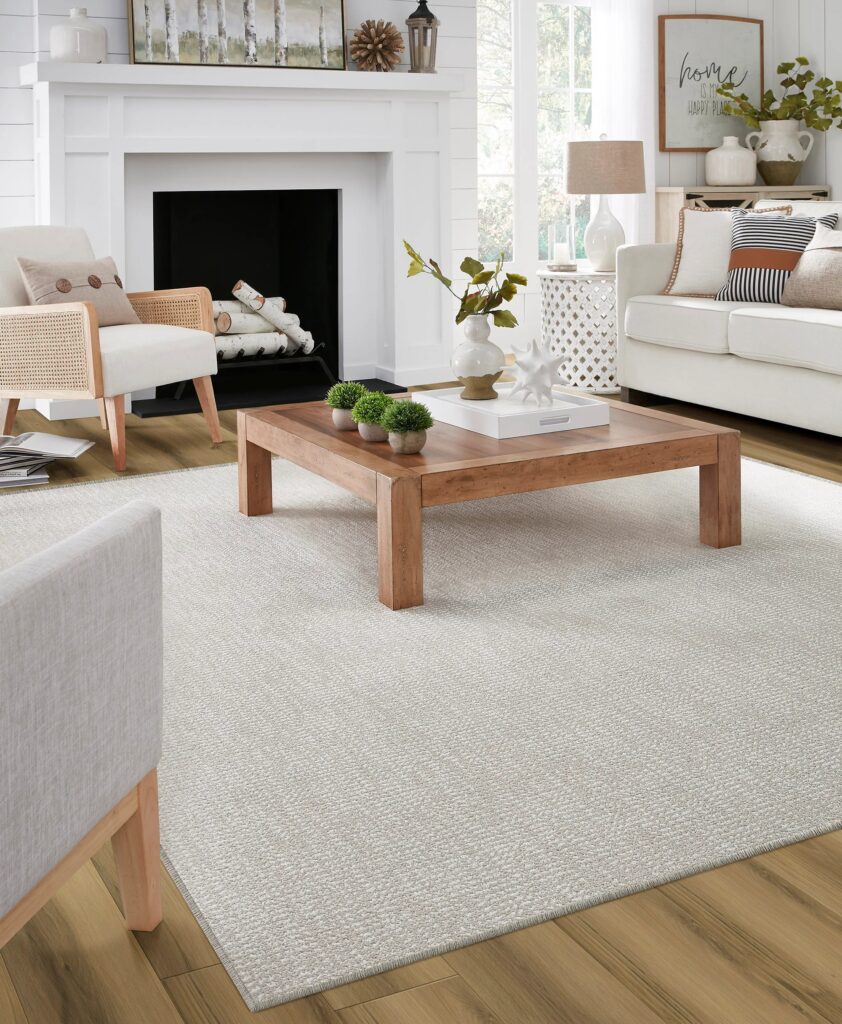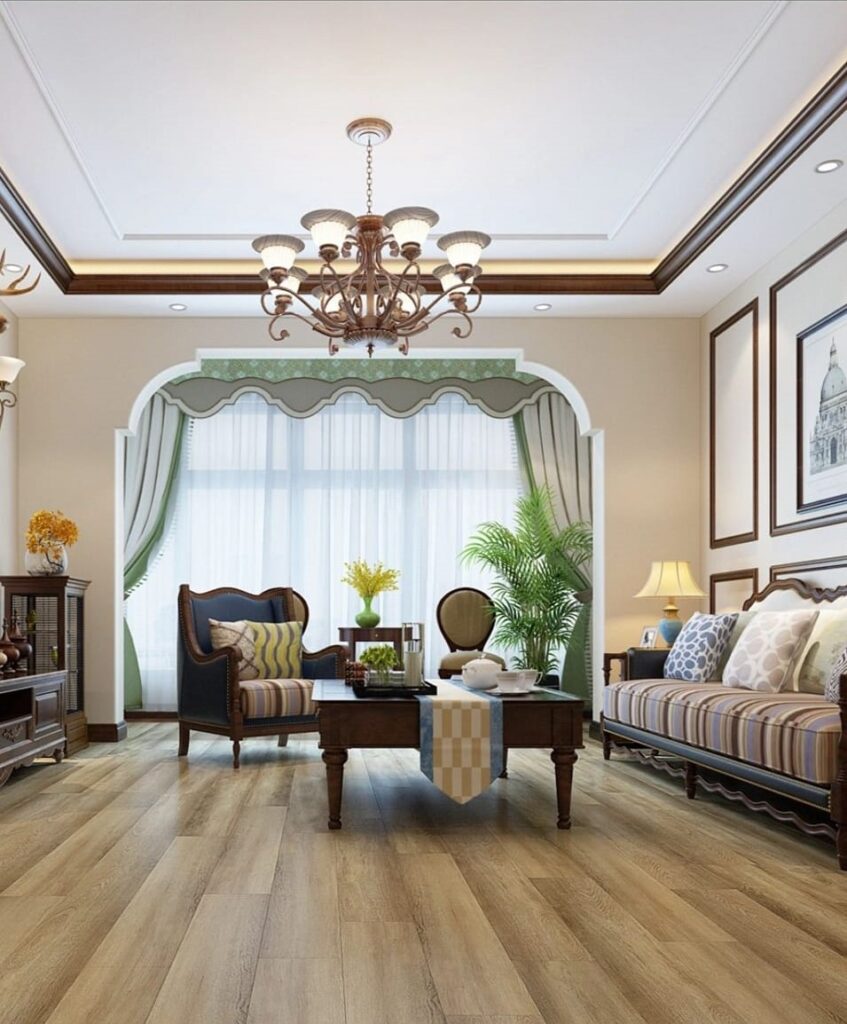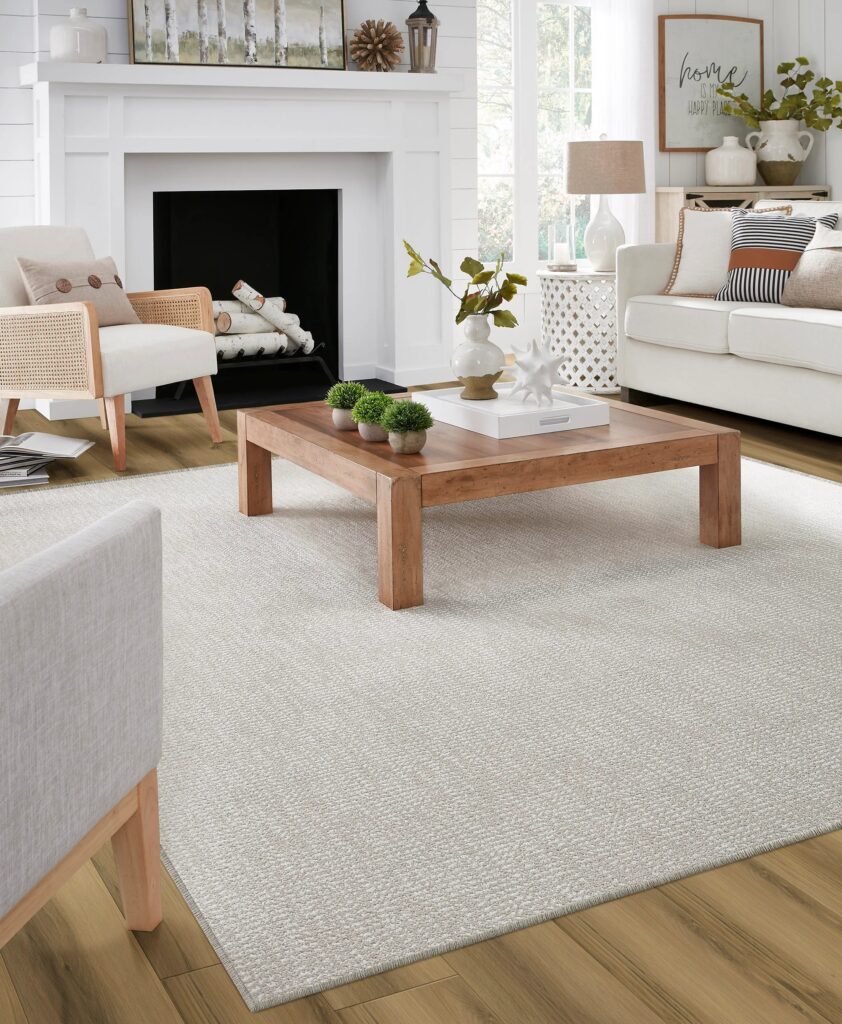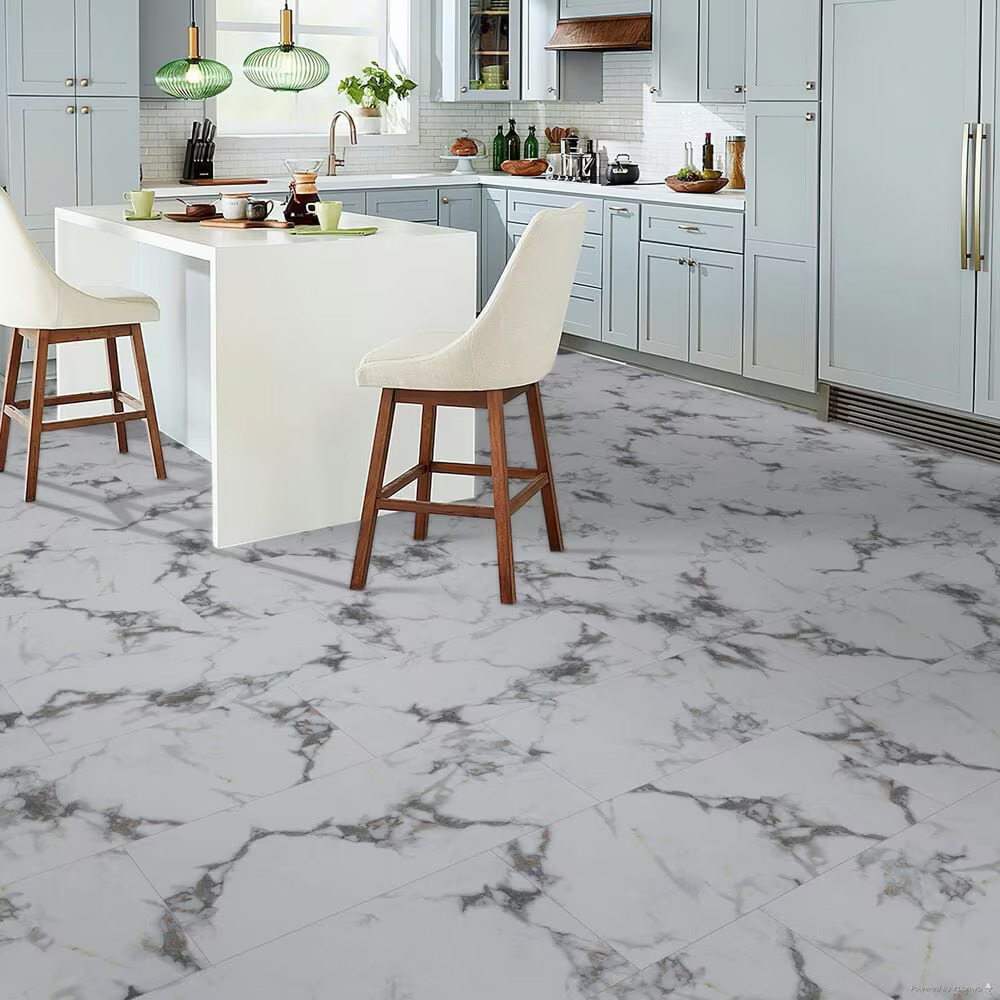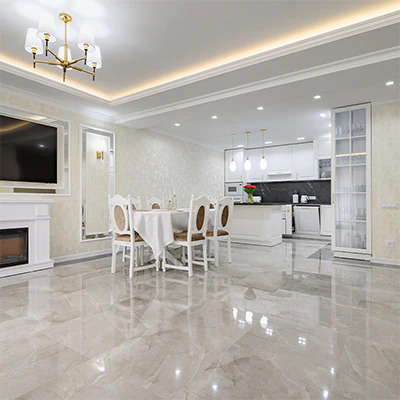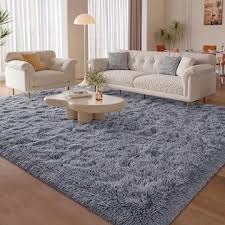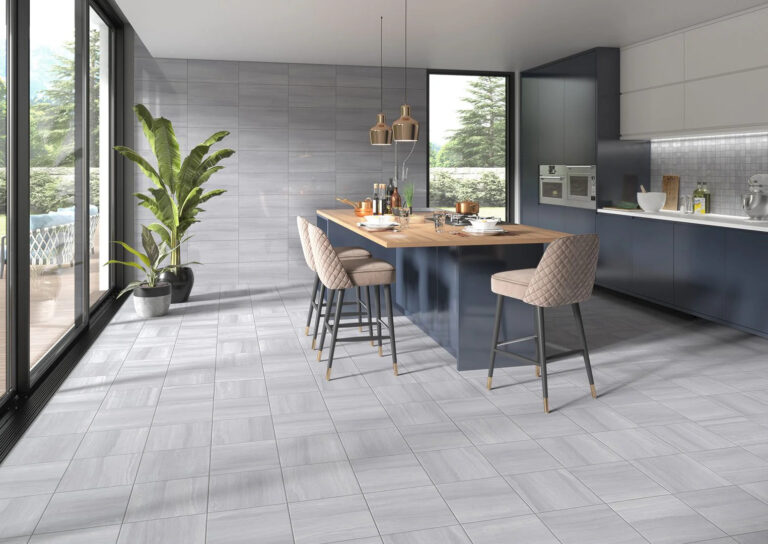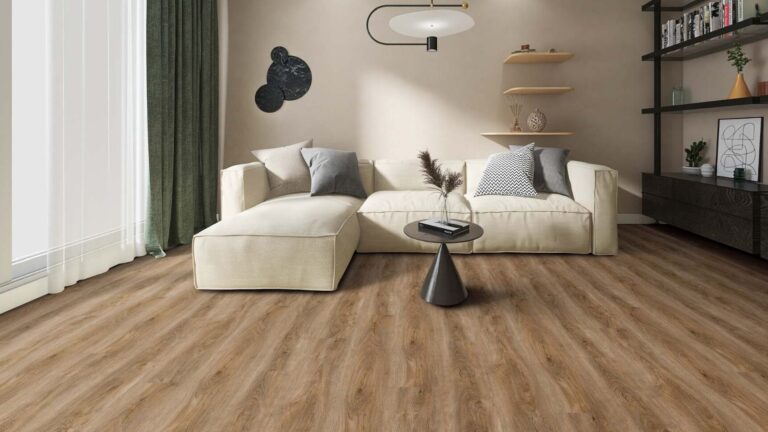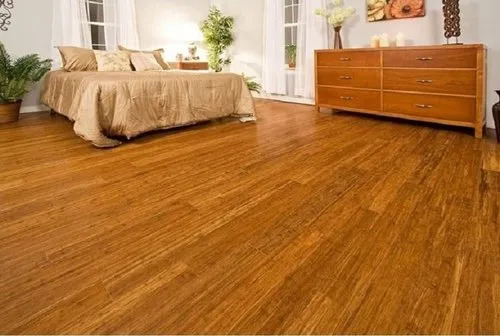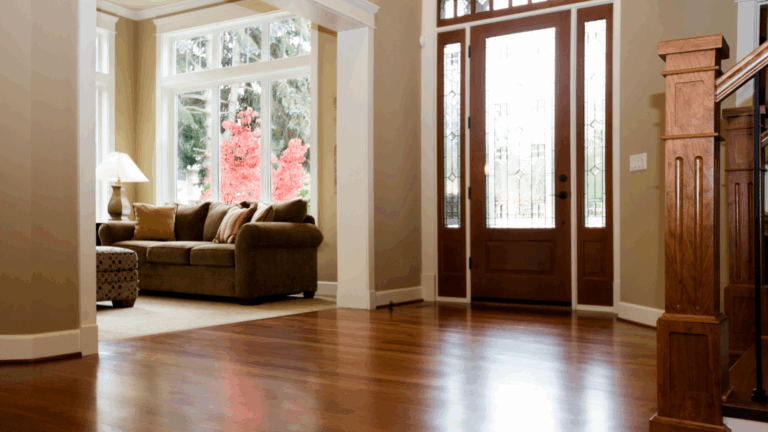Flooring is one of the most important design choices you’ll make in your home. In fact, studies show flooring can influence a home’s resale value and energy efficiency (National Association of Realtors).It lays the groundwork literally and visually for every other style element, from your furniture and wall colors to lighting, accents, and the overall mood of each space. Whether you prefer sleek modern interiors or cozy traditional charm, the right flooring ties everything together and sets the tone for your home’s personality.
But choosing the right flooring goes beyond picking a color, texture, or material. It’s a thoughtful balance of functionality, comfort, durability, and aesthetic appeal. The flooring you select needs to align with your lifestyle, whether that means withstanding pets and kids, supporting high-traffic areas, or simply creating a relaxing sanctuary to come home to.
This guide is designed to walk you through everything you need to consider. From understanding how flooring complements your interior style to identifying the best options for different rooms, you’ll gain the insight needed to make confident decisions. By the end, you’ll be equipped to choose flooring that not only looks stunning but also enhances your daily living and adds lasting value to your home.
Best Flooring Options for Different Home Styles
Before exploring flooring materials, it’s important to take a step back and consider your home’s overall style. Your flooring serves as a visual anchor, so aligning it with your design aesthetic will ensure a more cohesive and intentional look.
Start by identifying the vibe or theme that best represents your space:
- Modern homes emphasize clean lines, minimal clutter, and neutral tones. Sleek options like polished concrete, large matte tiles, or light-toned hardwoods help maintain that streamlined, open feel.
- Traditional interiors lean into warmth and timeless appeal. Think rich hardwood floors in cherry or walnut, elegant patterned tiles, or plush, wall-to-wall carpeting in classic tones.
- Rustic or farmhouse styles embrace natural textures and aged finishes. Wide-plank distressed wood, hand-scraped hardwood, or slate and stone tile add that organic, lived-in charm.
- Minimalist spaces favor simplicity and calm. Choose smooth, seamless surfaces like pale oak, poured concrete, or light laminate with minimal pattern to create a clean, open look.
- Bohemian (boho) interiors thrive on layered textures and relaxed, eclectic elements. Natural materials such as bamboo, cork, or reclaimed wood paired with layered area rugs help bring that earthy, artistic vibe to life.
Types of Flooring for Every Room and Style
Choosing the right flooring means balancing style, function, and lifestyle needs. Today’s market offers a wide range of materials each with unique qualities that cater to different rooms, design goals, and budgets. Here’s a closer look at some of the most popular and stylish flooring options to consider for your home:
Hardwood:
A timeless favorite, hardwood flooring brings natural beauty, durability, and warmth to any room. Whether you choose oak, maple, walnut, or another species, hardwood adds richness and character that only improves with age. It’s incredibly versatile and pairs well with nearly all interior styles, from traditional to contemporary. With proper care, hardwood can last for decades and even be refinished multiple times to refresh its look.
Luxury Vinyl Plank (LVP):
Known for its realistic wood or stone looks, Luxury Vinyl Plank offers a stylish yet practical solution for high-traffic or moisture-prone areas like kitchens, bathrooms, and basements. It’s 100% waterproof, scratch-resistant, and budget-friendly making it a favorite among families, pet owners, and rental property owners. Thanks to its easy click-lock installation and low maintenance requirements, LVP is both DIY-friendly and long-lasting.
Engineered Wood:
Made with a real hardwood veneer over a stable plywood or high-density fiberboard core, engineered wood flooring delivers the elegance of solid hardwood with greater resistance to moisture and temperature fluctuations. It’s an ideal option for areas where traditional hardwood might warp or expand such as basements, kitchens, or homes in humid climates. It also comes in a variety of finishes and plank widths, offering both style and practicality.
Porcelain or Ceramic Tile:
Durable, water-resistant, and available in endless patterns, textures, and finishes, tile flooring is a classic choice for wet areas such as bathrooms, kitchens, laundry rooms, and entryways. Porcelain tile is denser and more water-resistant than ceramic, but both are excellent choices depending on your needs. They’re easy to clean, resist stains, and offer a sleek, polished look that can range from traditional to ultra-modern.
Laminate:
A cost-effective alternative to hardwood, laminate flooring replicates the appearance of wood, stone, or tile using a high-resolution printed layer protected by a durable wear layer. It’s known for its ease of installation, scratch resistance, and minimal maintenance. Laminate is a great choice for active households or those wanting an affordable way to upgrade their flooring without sacrificing style.
Natural Stone:
From the luxurious veins of marble to the earthy tones of slate and the classic charm of travertine, natural stone flooring offers unmatched elegance and durability. It’s a premium option often used in upscale homes and can significantly enhance resale value. Natural stone is best suited for areas like foyers, bathrooms, and kitchens, and works beautifully in both rustic and contemporary settings. Keep in mind that it may require sealing and regular maintenance to preserve its beauty.
Cork or Bamboo:
These environmentally friendly flooring options combine sustainability with style. Cork flooring offers a soft, cushioned feel underfoot, natural thermal and sound insulation, and a unique, warm aesthetic. It’s a great choice for bedrooms or play areas. Bamboo, while technically a grass, provides a hardwood-like appearance with added eco appeal. It’s durable, sleek, and ideal for modern or minimalist interiors looking for a green alternative to traditional wood.
Patterned or Geometric Tile:
If you’re looking to make a bold statement, patterned or geometric tile is a standout choice. Often used in smaller spaces like powder rooms, laundry rooms, or entryways, these tiles create instant visual impact. They come in a range of styles from vintage-inspired encaustic tiles to contemporary monochrome designs and help define a space with personality, charm, and artistic flair.
Carpet:
Soft, warm, and inviting, carpet is a go-to choice for creating a cozy atmosphere in bedrooms, living rooms, and family spaces. It offers excellent insulation against noise and cold, making it especially appealing in colder climates. Available in a wide array of fibers, textures, colors, and pile heights from plush to looped to frieze carpet allows for customization and comfort, especially in homes with young children or seniors.
Each flooring type brings its own benefits in terms of aesthetics, comfort, and practicality. By understanding how these options fit into your home’s style and everyday needs, you’ll be better equipped to make a decision that looks great and lasts for years to come.
Matching Flooring with Specific Rooms
Every room in your home serves a different purpose, so your flooring choices should reflect both the function and feel of each space. By tailoring your selections, you’ll create a more comfortable, practical, and stylish environment throughout your home.
- Living Room: As the heart of the home, the living room deserves flooring that’s both attractive and inviting. Options like hardwood bring warmth and elegance, luxury vinyl plank (LVP) offers the look of wood with added durability, and plush carpet creates a soft, cozy atmosphere perfect for relaxation and family gatherings.
- Kitchen: Kitchens are high-traffic, high-spill areas, so your flooring needs to be tough and easy to clean. Waterproof LVP is a smart choice thanks to its resilience and realistic look. Porcelain or ceramic tile adds a sleek touch and holds up well against moisture, heat, and daily wear and tear.
- Bathroom: Bathrooms demand flooring that can handle water exposure without compromising safety. Porcelain or ceramic tiles are classic, water-resistant, and come in endless styles. Vinyl flooring, including sheet vinyl or LVP, is also a great option for its moisture resistance, warmth underfoot, and easy maintenance.
- Bedroom: Comfort and tranquility are key in bedrooms. Wall-to-wall carpet is a popular choice for its softness and sound-absorbing properties. For a more modern or eco-friendly option, cork flooring provides a quiet, cushioned surface and a natural aesthetic that adds warmth to your personal space.
- Entryway or Mudroom: These areas face the most foot traffic and exposure to dirt, moisture, and weather. Durable tile (like porcelain or slate) or LVP stands up well to heavy use and is easy to clean making it ideal for welcoming guests while protecting your home from the outdoors.
- Home Office: Flooring in a home office should be stylish, quiet, and conducive to productivity. Laminate flooring offers a professional, polished look without the cost of hardwood, while engineered wood provides real wood appeal with added stability, especially helpful if your office is in a basement or converted space.
Tips for Mixing Flooring Styles Throughout the Home
- Start with a Neutral Base: Choose one dominant flooring material, like natural-toned hardwood, LVP, or tile to serve as the foundation throughout your home. This creates a unified visual base, making it easier to incorporate other materials without the space feeling disjointed.
- Use Transition Strips Wisely: When switching between different flooring types (e.g., from wood to tile), use clean, professional transition strips or thresholds. They create a smooth flow between rooms and prevent tripping hazards while maintaining a polished look.
- Define Spaces in Open Layouts: In open-concept homes, different flooring types or patterns can subtly separate spaces like the kitchen, dining area, or living room. For example, use tile in the kitchen and wood in the living space to visually define each function without needing walls.
- Stick to a Consistent Color Palette: Even if you mix materials, such as tile, wood, or carpet keep the undertones (warm, cool, or neutral) consistent. This helps tie everything together and avoids visual clashes. Coordinated colors make the transitions feel more natural.
- Repeat Materials with Variation: You can use the same material in different finishes or plank sizes for a layered but cohesive look. For instance, try matte hardwood in the bedrooms and satin-finish hardwood in common areas, or use different tile shapes in bathrooms that share the same tone.
- Limit the Number of Flooring Types: Too many flooring styles can create a chaotic look. Aim to use no more than two or three flooring types throughout your home to maintain visual harmony and flow.
- Plan for Flow and Function: Think about how people move through your home. Ensure transitions occur in logical spots like doorways or room dividers not in the middle of open spaces. Also, choose materials based on how the space is used.
Ready to upgrade your home with stylish new floors?
Call Allison’s Flooring Installation in Louisville, KY at (502) 794-2620 to schedule your personalized consultation. Our experts will help you select the perfect flooring that matches your style, needs, and budget room by room.
Let’s bring your vision to life, one beautiful floor at a time.
